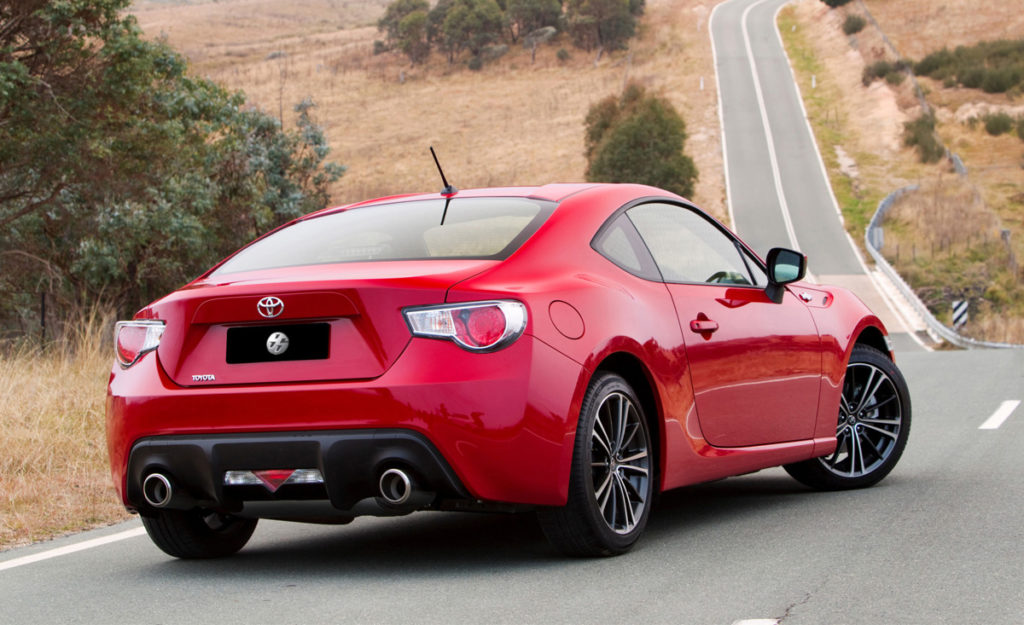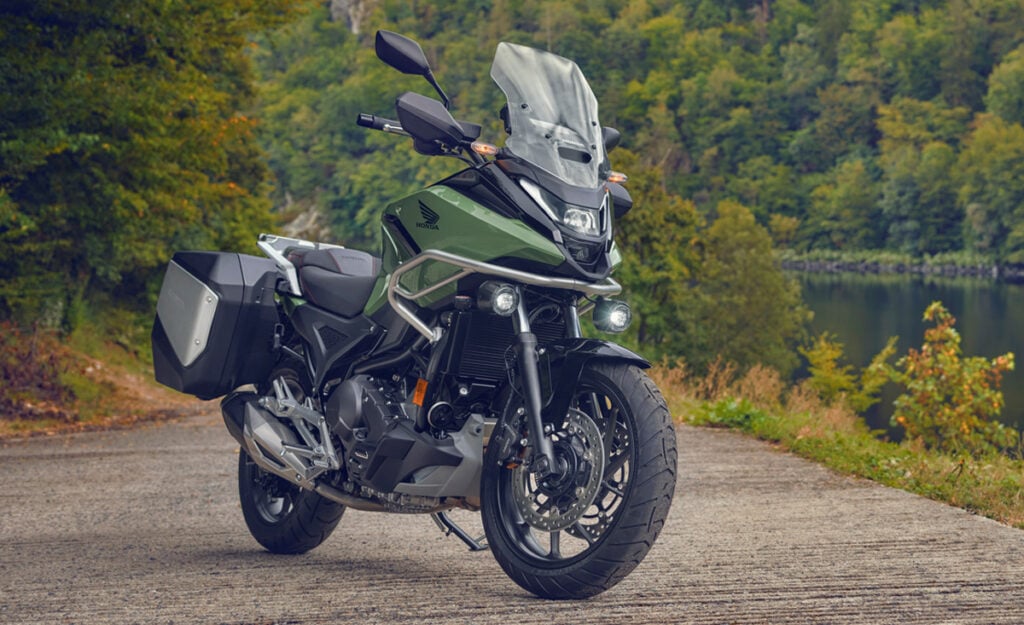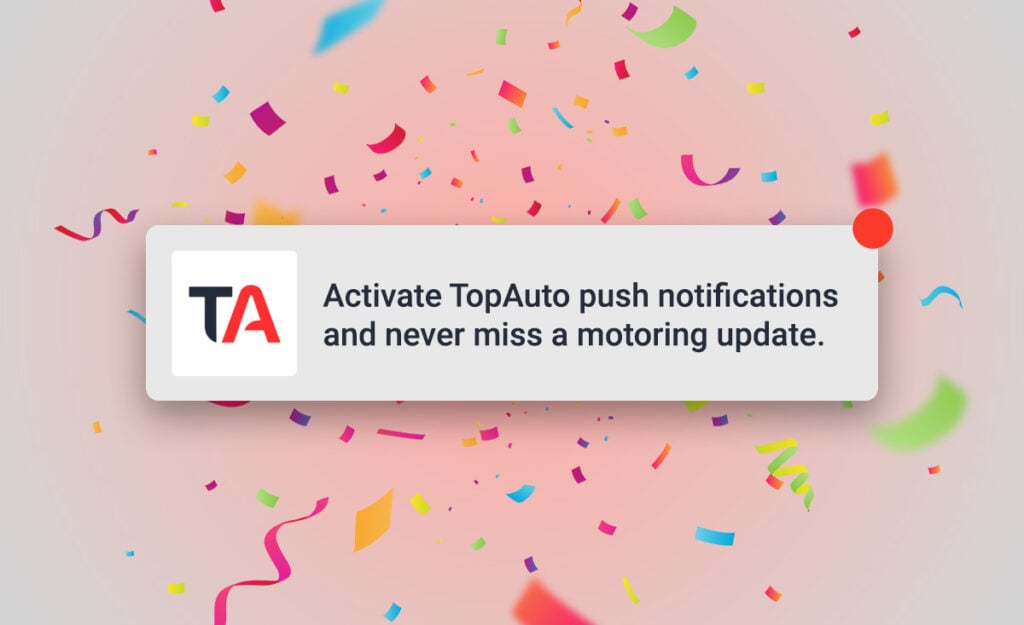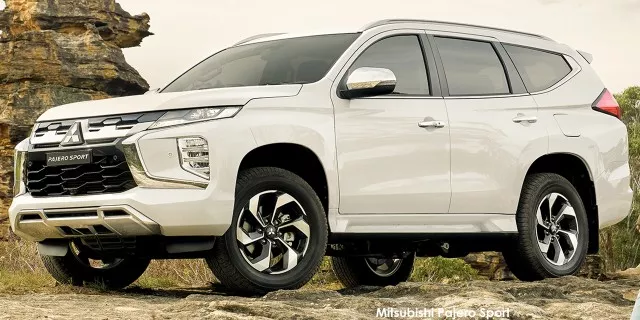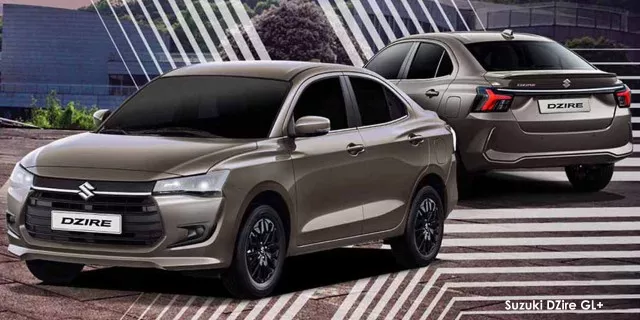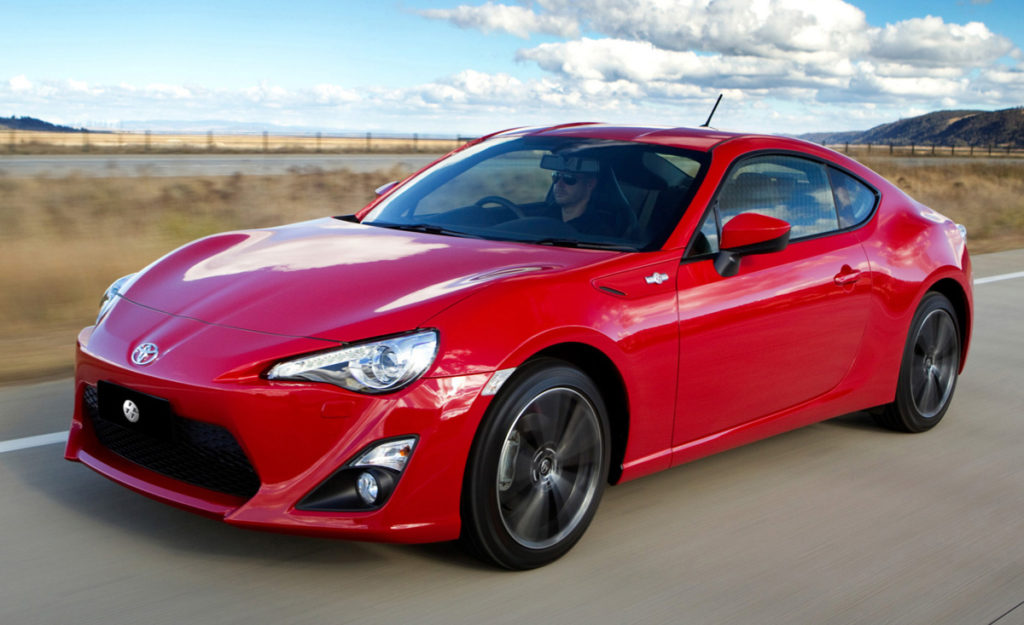
When a boom gate at a Centurion estate closed on the roof of my Toyota 86, I was annoyed.
I drove home and inspected the damage: a small dent with chipped paint the size of a grain of rice.
I shouted at the roof, but the dent did not go away – and that was the last I thought about it.
That’s the beauty of the 86.
Its owners are passionate enough to be upset about a small scratch, such is the beauty of the car, but sensible enough to know that this is life and cars must be driven around.
It was therefore a bittersweet day when Toyota South Africa recently announced it would no longer sell the GT86 in the country.
The use-everyday sports car is making way for its recently-announced sibling, the GR 86 – which will be coming to South African in Q1 of 2022.
Times are changing
With more power and a sharper engine response, the new GR 86 is set to be superior to the current 86 on paper and on the road.
But with this increased performance comes more modern – and digital – systems, including Subaru’s EyeSight package.
The safety package provides multiple safety features and will monitor the road ahead with built-in cameras, providing the driver with assistance in the event of a potentially-dangerous scenario.
This includes giving the driver audible warnings, or even automatically braking the car.
Alongside this is smartphone mirroring support, media displays, and digital instrument clusters.
These are all good things, and progress in car technologies must be embraced by drivers.
However, just like a move to electric vehicles will mark the end of petrol motors roaring, so to does the introduction of digital systems take us further away from really driving a car.
The Toyota 86 was a driver’s car, that needed to be driven by the person behind the wheel, and it being taken off the market requires us to at least pause and acknowledge this – and the contribution it made.
It was affordable, compared to other sports cars on the market; it was fun to throw around corners; it revved to 7,000rpm; it could be driven to and from work every day; and 100,000km on the clock was nothing to be afraid of if you were looking for a second-hand unit.
Best of all, it was simple: with three pedals, a 6-speed stick, a steering wheel blissfully free of buttons and dials, and traction control switch when you could afford to buy new tyres.
It was the antithesis of a luxury competitor from Germany, or a sensible sedan that you could get for the same price.
This is what made it great. It only wanted to be a car that drove well, giving its driver the simple tools they needed to achieve this.
Goodbye 86
I have not doubt that before my time people were writing about the introduction car features which ruined the “authentic” driving experience. Terrible technologies like power steering, ABS brakes, and electric windows – which were for the laziest of drivers.
And no doubt in 30 years time people will look back on the manual gearbox and petrol engine of the 86 and laugh at its primitive nature.
Today, though, we will remember the 86 and all the good things it stood for, and dutifully delivered to owners, drivers, and fans.
So long 86, and thank you.
